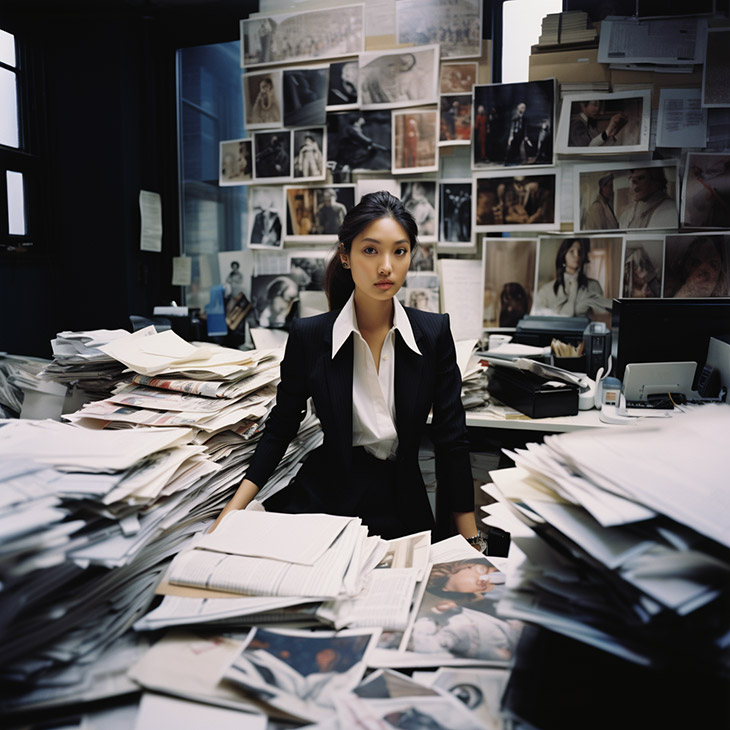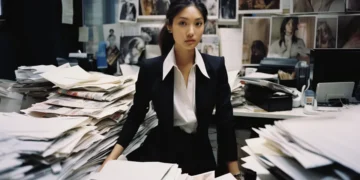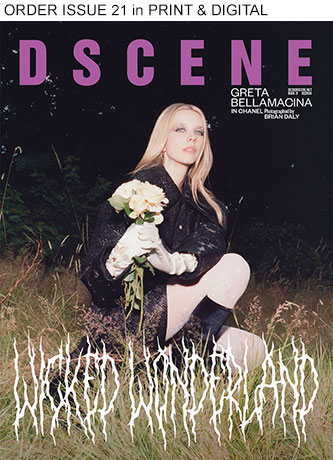
For modern creatives, financial management often takes a backseat to passion projects and artistic expression. However, the ability to manage finances effectively is just as crucial as mastering your craft. Whether you’re a designer, writer, photographer, or any other type of creative, maintaining financial stability allows you to pursue your dreams without unnecessary stress.
Balancing aesthetics and accountability in financial matters can be challenging, but it’s entirely possible. By implementing smart financial habits, creatives can sustain their work while securing their future. Here’s how you can take control of your finances while maintaining your artistic vision.
Understand Your Income Flow
Unlike traditional nine-to-five employees, creatives often deal with fluctuating income. Clients may pay late, projects may be seasonal, and some months may be more profitable than others. Understanding your income flow is the first step toward financial stability.
- Track your income. Maintain a record of every payment you receive. Use accounting software or simple spreadsheets to monitor incoming funds.
- Identify peak and slow periods. If you notice patterns in your earnings, plan ahead. Save more during high-income months to cover expenses during leaner times.
- Diversify income streams. If you rely solely on client work, consider passive income sources like digital products, online courses, or licensing your art.
Set Up a Budget That Works for You
Budgeting doesn’t mean restricting your lifestyle – it means ensuring your money works for you. A flexible budget tailored to your fluctuating income can help maintain financial stability without stifling creativity.
- Prioritize necessities. Allocate funds for rent, utilities, insurance, and food first.
- Separate business and personal finances. Keeping them distinct helps track expenses and simplifies tax preparation.
- Allocate for creative investments. Set aside funds for tools, software, courses, or supplies that enhance your craft.
- Use the 50/30/20 rule. Spend 50% on essentials, 30% on wants, and 20% on savings and debt repayment.
Build an Emergency Fund
Creative work is unpredictable. An emergency fund acts as a safety net for unexpected circumstances, whether a slow client season, medical expenses, or an equipment breakdown.
- Start small. Aim to save at least one month’s worth of expenses, then gradually increase it to three to six months.
- Automate savings. Set up automatic transfers to a savings account so you don’t have to think about it.
- Keep it accessible but separate. A high-yield savings account can keep funds available without the temptation to spend them.

Open a Checking Account Safely
Managing your finances efficiently starts with having the right banking setup. A dedicated checking account simplifies financial tracking and ensures smooth transactions.
To open a checking account safely, research banks or credit unions that offer low fees, strong security features, and digital banking tools. Opt for an account that provides fraud protection, mobile deposit options, and easy online access. Additionally, ensure your account is FDIC-insured to protect your funds.
Using a dedicated checking account for your creative business ensures transparency, making it easier to track income, handle taxes, and manage expenses efficiently. It also gives you a professional edge when dealing with clients and vendors.
Plan for Taxes Year-Round
Freelancers and independent creatives are responsible for their own taxes, which can be daunting without preparation.
- Set aside a percentage of each payment. A general rule is to save 25-30% of your income for taxes.
- Keep track of deductible expenses. Business-related expenses like software subscriptions, travel for work, and office supplies can reduce your taxable income.
- Pay quarterly taxes. If your income is high enough, paying estimated taxes quarterly prevents penalties and surprises at tax time.
- Consult a tax professional. Tax laws change, and having expert guidance can save you money and stress.
Invest in Your Future
Creativity doesn’t have to mean financial instability. Planning for the future ensures that your artistic pursuits remain sustainable.
- Retirement planning. Open an IRA or a solo 401(k) to build long-term financial security.
- Insurance coverage. Health, liability, and equipment insurance protect against unforeseen expenses.
- Continuous learning. Investing in skills and education keeps you competitive and opens new income opportunities.
Finally, financial success and creative freedom are not mutually exclusive. By implementing these financial habits, creatives can build a stable foundation that supports both their passion and their livelihood. From managing fluctuating income to budgeting, saving, and investing wisely, taking charge of your finances allows you to focus on what you do best – creating.
Being both aesthetic and accountable is the key to long-term sustainability. The sooner you take control of your financial well-being, the more freedom you’ll have to pursue your artistic dreams without limitations.



















